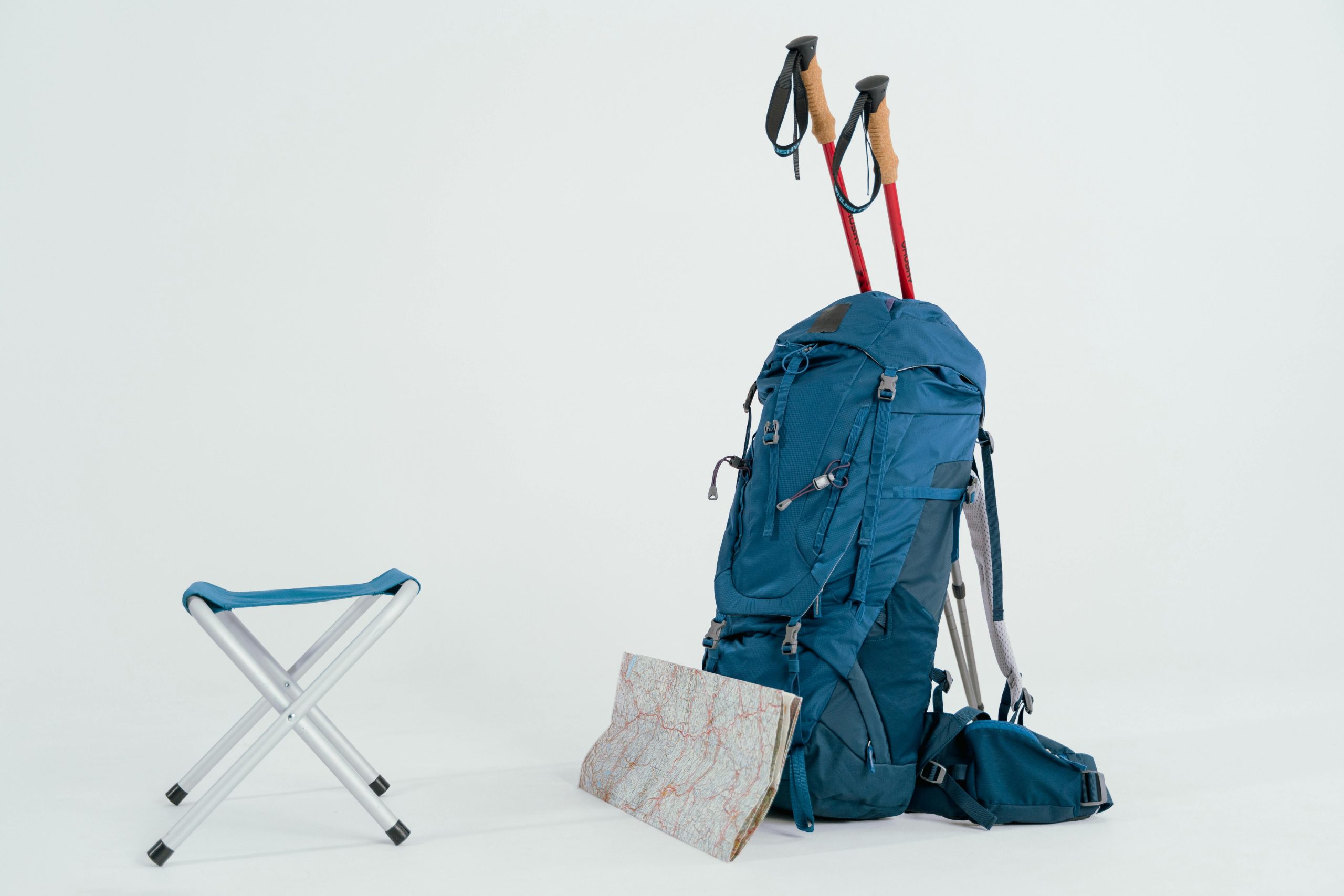Embarking on a multi-day trek is an exhilarating adventure, but the right gear can make the difference between a memorable journey and a miserable slog. Whether you’re a seasoned hiker or a beginner, selecting the best hiking gear requires careful consideration of durability, comfort, and functionality. This guide will walk you through the essentials, helping you make informed choices for your next long-distance hike.
1. Essential Hiking Gear for Multi-Day Treks
Before hitting the trail, ensure you have the core gear to keep you safe and comfortable. Here’s a breakdown of the must-haves:
Backpack
Your backpack is your lifeline on a multi-day trek. Look for one with a capacity of 50-70 liters, depending on the length of your trip. Key features include:
- Adjustable straps for a snug fit
- Waterproof material or a rain cover
- Multiple compartments for easy organization
Tent
A lightweight, weather-resistant tent is crucial. Consider:
- Weight: Aim for under 3-4 pounds per person
- Seasonality: 3-season tents work for most conditions
- Setup: Practice pitching it before your trip
Sleeping Bag and Pad
Stay warm and rested with:
- Temperature rating: Match it to the coldest expected weather
- Insulation type: Down for warmth, synthetic for wet conditions
- Sleeping pad: Choose between inflatable or foam for comfort and insulation
2. Clothing: Layering for All Conditions
Weather can change rapidly on the trail, so layering is key. Here’s how to build a versatile hiking wardrobe:
Base Layers
Moisture-wicking fabrics like merino wool or synthetic blends keep you dry. Avoid cotton, as it retains moisture.
Mid Layers
Fleece or lightweight down jackets provide insulation without bulk.
Outer Layers
A waterproof and windproof shell is essential for rain or snow. Look for breathable materials like Gore-Tex.
Footwear
Your boots or shoes should be:
- Broken in: Avoid blisters by wearing them beforehand
- Waterproof: For wet conditions
- Supportive: Ankle support is crucial for rough terrain
3. Nutrition and Hydration
Fueling your body properly is critical for endurance. Here’s what to pack:
Food
Opt for lightweight, high-calorie options like:
- Dehydrated meals (easy to prepare)
- Energy bars and nuts (quick snacks)
- Electrolyte mixes (to replenish salts)
Water
Stay hydrated with:
- Water bottles or a hydration bladder (2-3 liters capacity)
- Water filter or purification tablets (for refilling on the trail)
4. Navigation and Safety Gear
Getting lost is not an option. Equip yourself with:
Maps and Compass
Even with GPS, a physical map and compass are reliable backups.
Headlamp
Essential for night hikes or emergencies. Choose one with long battery life.
First Aid Kit
Pack basics like:
- Bandages and antiseptic
- Pain relievers
- Blister treatment
5. Extras for Comfort and Convenience
While not strictly essential, these items can enhance your trek:
Trekking Poles
Reduce strain on knees and improve balance, especially on steep terrain.
Multi-Tool or Knife
Handy for gear repairs, food prep, and emergencies.
Camp Shoes
Lightweight sandals or shoes give your feet a break at camp.
Conclusion
Choosing the best hiking gear for multi-day treks requires balancing weight, durability, and functionality. By investing in quality essentials like a reliable backpack, weather-appropriate clothing, and proper nutrition, you’ll set yourself up for a successful adventure. Always test your gear before heading out, and remember—being prepared is the key to enjoying the great outdoors safely and comfortably. Happy trails!
